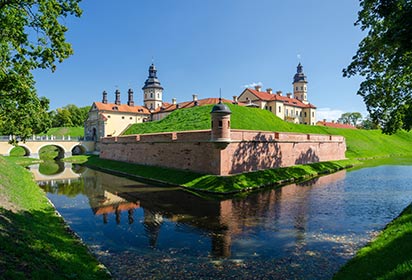Written by Bradt Travel Guides
Belarus offers an enticing mix of attractions for those seeking a country free from the trappings of modern tourism. You’ll find echoes of its chequered history at every turn, whether in the monumental Stalinist structures of the capital, Minsk, or the sobering National Memorial Complex at Khatyn. But delve deeper and you’ll discover there is more to this hospitable country than historical sites, including romantic villages and a landscape dotted with birch forests and snowedged lakes.
Amble through the boulevards and parks of Minsk
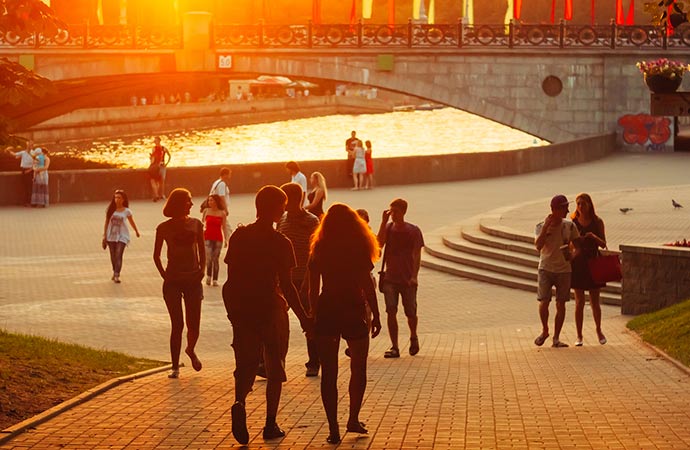
In many cities of the world, there is a feeling of claustrophobia as buildings close in on top of each other. But in Minsk, the skies are huge and there is a real sense of open space. Wherever you meander, vast and sweeping panoramas unfold before your gaze, all with a host of different sights. At times it feels you can stroll for ages in areas of parkland and not see another soul, but without feeling nervous in the process. The streets are spotlessly clean and free from crime or even antisocial behaviour. Access to all areas of interest to the visitor by public transport is simple and uncomplicated, not to say impressively efficient. Many of the sights can be reached on foot and in so doing, you will rediscover an activity that is largely lost in the West these days: that of promenading. This is because walking is seen as so much more than simply a mechanical act of propulsion from A to B. Rather, it is an art form to be savoured, with every footstep to be relished. Everywhere you look, even in the depths of winter and no matter what the time of day or night, you will see people strolling, apparently aimlessly, but locked in conversation and arm in arm. Here in Minsk (and indeed, everywhere in Belarus), teenagers mingle with families, young children, older people and young women on their own or in twos, just taking the air, enjoying the sights, chatting and relishing the fact that they have, for a short while, stepped off the merry-go-round of life.
Pay your respects at the National Memorial Complex
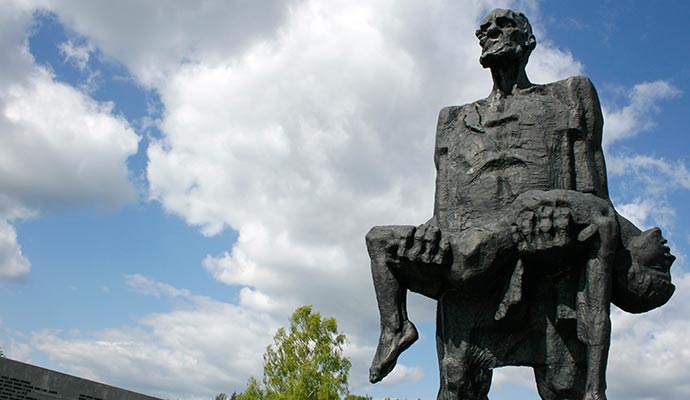
If you’re only able to make one day trip from Minsk, make it this one. Just 75km from the capital, this complex showcases the horrors of Nazi barbarism during the Great Patriotic War. It was constructed on the site of the former village of Khatyn, which was razed to the ground in the spring of 1943 and its inhabitants brutally butchered. At the centre of the complex is a truly sobering bronze sculpture, the 6m-high The Unconquered Man. Before you go, do visit the excellent English-language website for a full description of the terrible events in 1943 and for further details of the memorial complex that exists today.
Explore a landscape of birch forests and snow-edged lakes
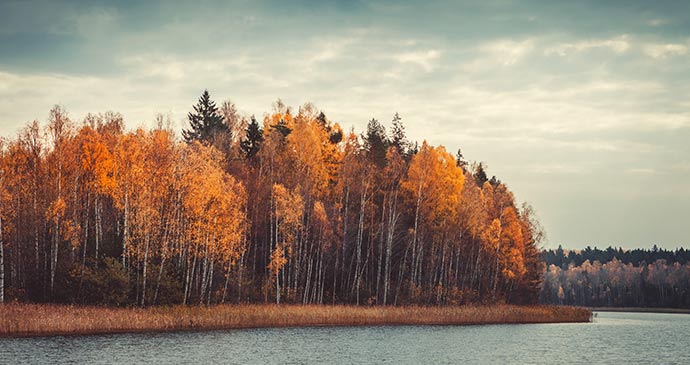
Belarus’s national parks are vast tracts of primeval wilderness populated by European bison, wild boar and elk, where ecological tourism is only just beginning to take hold. One of these reserves, Narach National Park, boasts one of the largest (shoreline 41km) and deepest (maximum 30m) lakes in the country, bearing the same name. The park itself covers 94,000ha, 37,900 of which are forest, including the country’s largest concentration of pine. Its 42 lakes have a total area of 18,300ha. This is a beautiful and romantic area, steeped in mystery and legend. The lakes are said to have been the creation of a tragic loss when Nara, the daughter of a forester, saw the death of her sweetheart in a magic mirror, which she then dropped in terror, the shards scattering all around. These fragments became the lakes that can be seen today.
Delve into the past at Njasvizh Castle
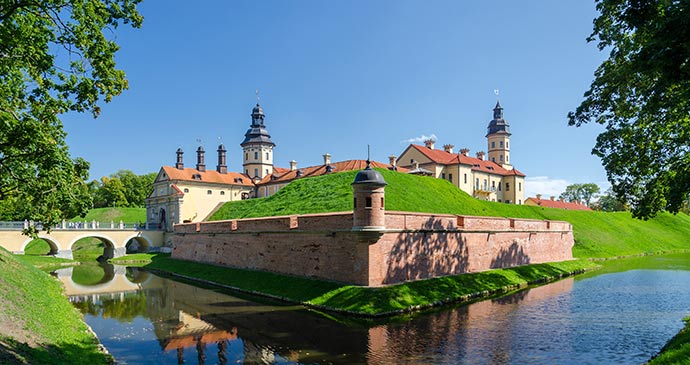
The delightful settlement of Njasvizh is one of the oldest in the country, having first been established as a settlement in the 13th century. Many of the oldest buildings have been retained in the historical area, and the former home of the Radzivili family is widely regarded as the most attractive palace that the country has to offer. It is surrounded by a large park boasting a number of ornamental lakes and sumptuous gardens. The family’s ownership of the town began in the middle of the 16th century and was to last for more than 400 years, during which time it gained great fame for its prosperity. In 1586, the town was granted Magdeburg rights of self-government and determination, which was a catalyst for rapid economic development. Many trade guilds were established and it was no surprise that at the end of the 16th century it was almost completely rebuilt, the chaotic and haphazard layout of its medieval streets being replaced by the geometric design that remains to this day. The main street crosses the town from east to west. It was originally surrounded by earthen walls that were constructed to make the town a fortress. Some of them, most notably in the southeast, can still be seen. Over the centuries, many severe trials (such as plunder, fire and war) took their toll on the town but, through it all, the mighty Radzivili dynasty survived. The line finally ended in 1939, but not until it had first seen off not only the Great Lithuanian Principality, but also the might of the Russian Empire.
Experience the Slavic Bazaar summer street party
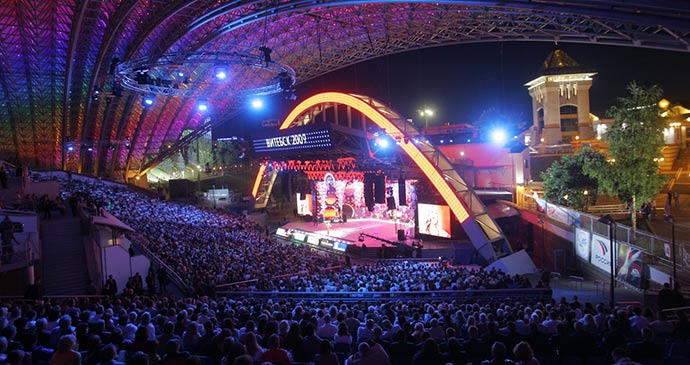
Vitebsk is the location of the much-loved Slavianski (Slavic) Bazaar, an international song and culture festival that takes place annually in the open air in late July and early August. Most of the musical programme is devoted to a celebration of ethnic Slavic music.
Feeling inspired to take a trip to Belarus? Check out our travel guide for more information.
